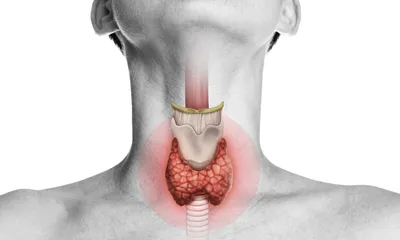Bacterial Infections
-
Description
-
Signs & Symptoms
-
Anatomy
-
Cause
-
Diagnosis
What are Bacterial Infections?
A bacterial infection is one that is caused by small single-cell organisms (pathogenic bacteria) being able to enter the body and illness occurring as the bacteria multiply inside the body. Bacterial infections are very common for humans, and they can occur in nearly every area of the body. Bacterial infections of the brain like meningitis or encephalitis and bacterial infections of the lungs like tuberculosis are going to be the most serious cause for concern.
What Causes Bacterial Infections?
One of the most common ways for bacteria to be introduced to the body is inadvertently intaking them with food or drink containing the bacteria, and skin infections are another common one where bacteria is able to enter the body through broken skin.
Insect bites can also be a source of bacterial infection, and most STDs are bacterial infections where the infected individual has had bacteria enter the body through sexual contact. Improper wound treatment or surgery in insanitary environments may increase the risk of septicemia infection, which is a bacterial infection in the blood.
The airborne spread of bacteria is the most common cause of infection with minor bacterial infections like strep throat or an upper respiratory tract infection. People who have weakened immune systems are going to be more likely to get bacterial infections, and these weakened immune systems are often the result of other conditions or because of the use of medications.
Symptoms of Bacterial Infection
The symptoms seen with a bacterial infection will depend on the type of infection, and their severity will be higher or lower based on the person’s immune system response. General symptoms of bacterial infection that may be seen with a larger number of them include:
- Fever
- Chills
- Headache
- Fatigue
- Malaise
- Muscle and joint aches
- Swollen lymph nodes
Brain and spinal cord bacterial infections are very serious health risks, so it is best to have an understanding of these symptoms too. Infected individuals may have sudden fever, stiff neck, severe headache, difficulty concentrating, light sensitivity, sleepiness, nausea, vomiting, confusion, walking difficulties, loss of appetite, or seizures.
The same will apply for septicemia infections. Be on the lookout for fever, chills, rapid breathing or heart rate, low body temperature, clammy skin, extreme fatigue and weakness, nausea or vomiting, decreased urination, breathing difficulties, skin discoloration, mental state changes, or fainting/loss of consciousness.
Treating Bacterial Infections
The most conventional approach to treating bacterial infections is to have the infected person start on a course of treatment with antibiotic medication like Cipro (Ciprofloxacin), Flagyl (Metronidazole), or Vancocin (Vancomycin). The way these medications work is quite simple – they kill the bacteria that are causing the infection and prevent them from colonizing in the body to the extent that the infection worsens. Over time as the person takes the medication the infection will weaken and eventually clear.
A doctor may also advise that a person avoid certain foods, drink, or supplements while treating bacterial infections. A good example of this will be targeted diet restrictions while treating a bacterial yeast infection.
Signs & Symptoms
- Fever
- Fatigue
- Swelling and redness
- Pain and tenderness
- Pus or discharge
- Coughing
- Shortness of breath
- Nausea and vomiting
- Diarrhea
Anatomy
- Skin
- Lungs
- Throat
- Gastrointestinal tract
- Urinary tract
- Bloodstream
- Bones
- Joints
Cause
- Bacterial pathogens
- Weakened immune system
- Poor hygiene
- Contaminated food or water
- Close contact with infected individuals
- Open wounds
- Insect bites
- Medical procedures
- Sexual contact
Diagnosis
- Physical examination
- Blood tests
- Urine tests
- Throat swab
- Stool sample
- Imaging tests (X-ray, CT scan)
- Biopsy
- Culture tests



